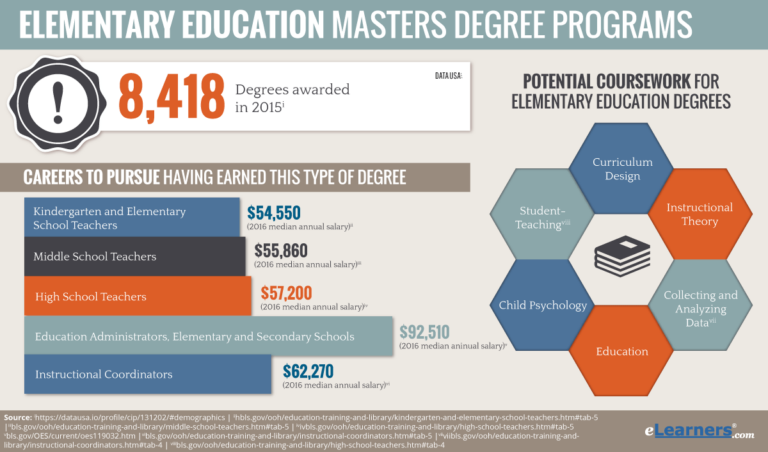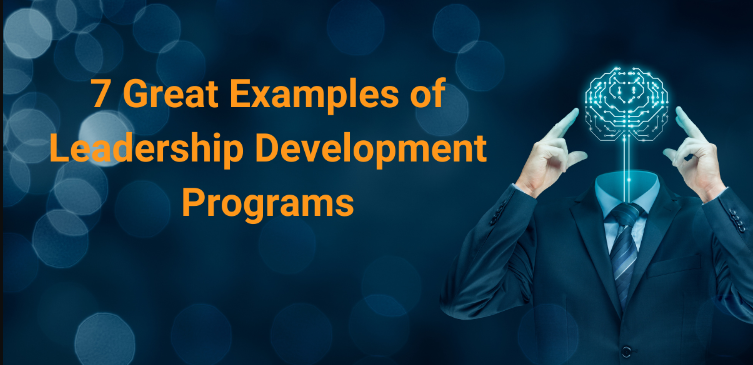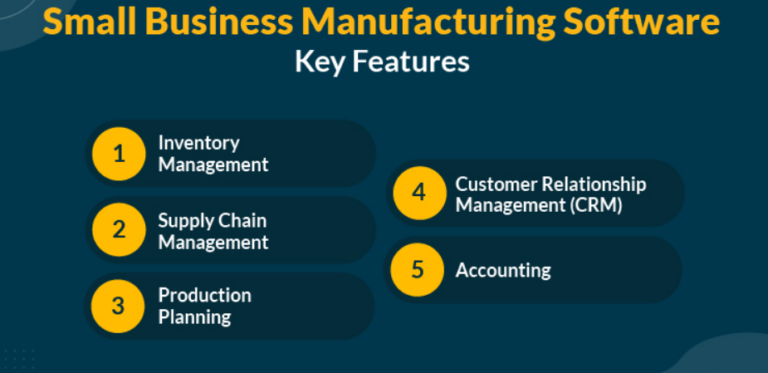Early Childhood Education Degrees are more than just a path to a career; they’re a commitment to shaping young minds. This guide dives deep into the world of early childhood education, exploring everything from curriculum specifics and career paths to the crucial role of play-based learning and the challenges facing educators today. We’ll examine the different degree levels—associate’s, bachelor’s, and master’s—comparing their curricula, career prospects, and salary expectations.
We’ll also look at the licensing and certification requirements, crucial for anyone considering this rewarding but demanding field.
From understanding diverse pedagogical approaches like Montessori and Reggio Emilia to navigating the complexities of technology integration in the classroom, this guide provides a holistic view of what it takes to excel in early childhood education. We’ll also address the vital importance of play in child development and the ongoing challenges related to teacher training, compensation, and retention. This isn’t just about getting a degree; it’s about building a future for our youngest learners.
Program Overview
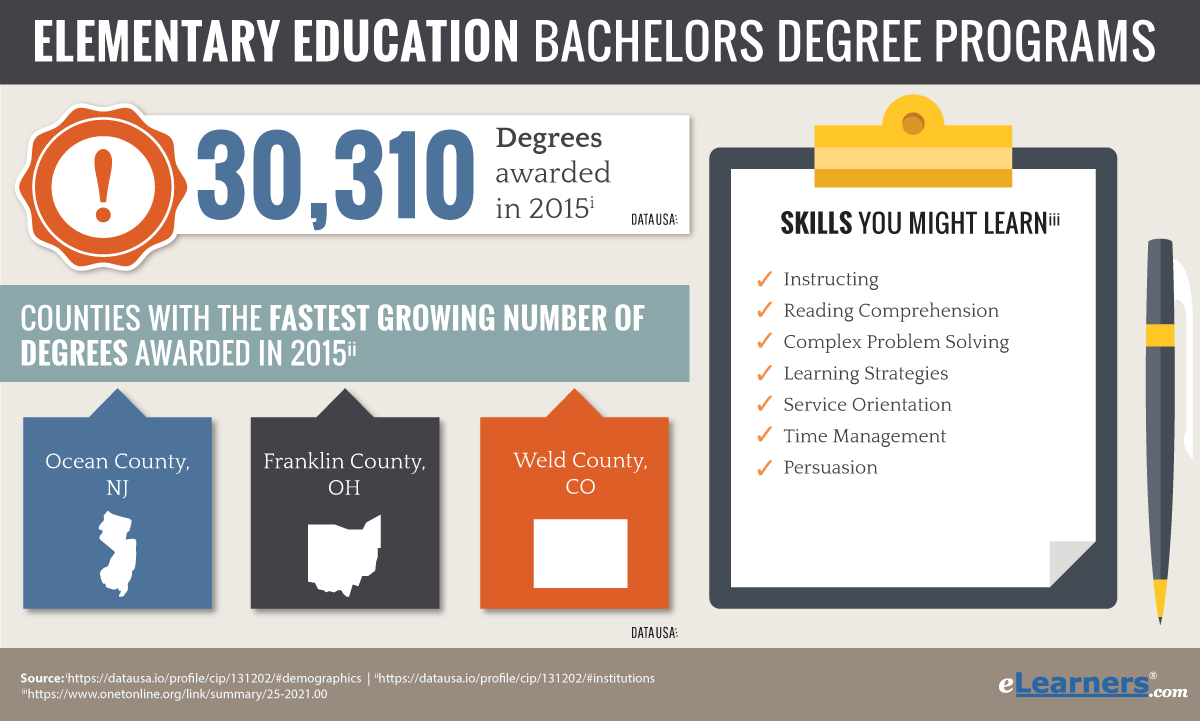
An Early Childhood Education (ECE) degree equips aspiring educators with the knowledge and skills necessary to nurture and guide young children’s development. These programs blend theory with hands-on practice, preparing graduates for a variety of roles in the field. The specific curriculum and career paths vary depending on the degree level pursued.
Typical Curriculum of an Early Childhood Education Degree Program
ECE programs typically cover child development theories, learning methodologies, classroom management techniques, curriculum planning, and assessment strategies. Courses often incorporate observation and practical experience in early childhood settings. Students learn about child psychology, focusing on the physical, cognitive, social, and emotional growth of children from birth through age eight. Curriculum also emphasizes diversity, inclusion, and child safety, as well as effective communication with families and other professionals.
Many programs require fieldwork or student teaching experiences in preschools, daycares, or other early learning environments.
Specializations Available Within Early Childhood Education Degrees
While a general ECE degree provides a broad foundation, many programs offer specializations to cater to individual interests and career goals. These might include special education for young children, focusing on supporting children with diverse learning needs; early intervention, concentrating on providing services to infants and toddlers with developmental delays; infant and toddler care, specializing in the unique needs of this age group; and bilingual or multicultural education, addressing the needs of children from diverse linguistic and cultural backgrounds.
Some programs might also offer specializations in specific pedagogical approaches, like Montessori or Reggio Emilia.
Comparison of Associate’s, Bachelor’s, and Master’s Degrees in Early Childhood Education
Associate’s degrees (A.A. or A.S.) typically provide a foundational understanding of ECE principles and practices. They often prepare graduates for entry-level positions as teachers’ assistants or in similar roles. Bachelor’s degrees (B.A. or B.S.) offer a more comprehensive education, including advanced coursework and often opportunities for specialization.
Bachelor’s degree holders are typically qualified for lead teacher positions and may have more career advancement opportunities. Master’s degrees (M.A. or M.S.) are designed for experienced professionals seeking advanced knowledge, leadership roles, or specialized expertise. They may involve research, advanced teaching methodologies, and curriculum development.
Average Salaries for Graduates with Different Levels of Early Childhood Education Degrees
Salary expectations vary significantly based on location, experience, and the specific job role. However, the following table offers a general comparison of average salaries for graduates with different ECE degrees. Note that these are averages and actual salaries may differ considerably.
| Degree Level | Average Starting Salary (USD) | Average Salary After 5 Years (USD) | Average Salary After 10 Years (USD) |
|---|---|---|---|
| Associate’s Degree | $30,000 – $35,000 | $35,000 – $40,000 | $40,000 – $45,000 |
| Bachelor’s Degree | $35,000 – $45,000 | $45,000 – $55,000 | $55,000 – $65,000 |
| Master’s Degree | $45,000 – $55,000 | $55,000 – $70,000 | $70,000 – $85,000 |
Career Paths and Job Opportunities
An Early Childhood Education degree opens doors to a wide array of fulfilling and impactful careers. Graduates are equipped with the knowledge and skills to work with young children in diverse settings, contributing significantly to their development and future success. The field offers a blend of creativity, compassion, and intellectual stimulation, making it a rewarding choice for those passionate about working with children.
Early childhood educators play a vital role in shaping the lives of young children. Their work extends beyond simply providing childcare; it involves creating nurturing and stimulating learning environments that foster cognitive, social, emotional, and physical growth. The specific roles and responsibilities vary depending on the chosen career path and the setting in which they work.
Career Paths for Early Childhood Education Graduates
The versatility of an Early Childhood Education degree allows graduates to pursue various career paths. These roles range from direct care of children to administrative and leadership positions within early childhood education settings.
Examples include working as a preschool teacher, daycare provider, Head Start teacher, curriculum developer, early intervention specialist, child care center director, or even pursuing further education to become a professor of early childhood education. The specific path chosen often depends on individual interests and career goals.
Roles and Responsibilities in Different Settings
The daily tasks and responsibilities of an early childhood educator differ slightly depending on the work environment. However, the core focus remains consistent: to provide high-quality care and education that meets the unique needs of each child.
In a preschool setting, educators typically plan and implement developmentally appropriate curriculum, assess children’s progress, maintain communication with parents, and create a safe and stimulating learning environment. Daycare providers often focus on the overall well-being of the children, ensuring their physical and emotional needs are met while also providing engaging activities. Head Start teachers work with children from low-income families, providing comprehensive services that address educational, health, nutritional, and social needs.
Job Market Outlook and Projected Growth
The demand for qualified early childhood educators is consistently high and is projected to continue growing. The U.S. Bureau of Labor Statistics predicts strong job growth in this field, driven by factors such as increasing numbers of working parents and growing recognition of the importance of early childhood education for children’s success. For example, the increasing emphasis on early childhood intervention programs and the expansion of preschool programs across the nation are contributing to this demand.
This positive job outlook offers graduates excellent career prospects and opportunities for advancement within the field. The competitive nature of the job market may require educators to continuously update their skills and knowledge, but the rewards of contributing to children’s development are significant.
Essential Skills and Qualities for Success
Success in early childhood education requires a unique blend of skills and personal qualities. Beyond formal education, certain traits significantly enhance an educator’s effectiveness and job satisfaction.
A strong foundation in child development principles, curriculum planning, and classroom management is crucial. Beyond these technical skills, patience, empathy, creativity, strong communication skills, and the ability to work effectively as part of a team are essential. The ability to adapt to the ever-changing needs of young children and their families is also critical for success in this dynamic field.
For instance, a teacher’s ability to handle challenging behaviors, work collaboratively with parents, and remain calm under pressure are all indicators of a successful early childhood educator.
Licensing and Certification Requirements
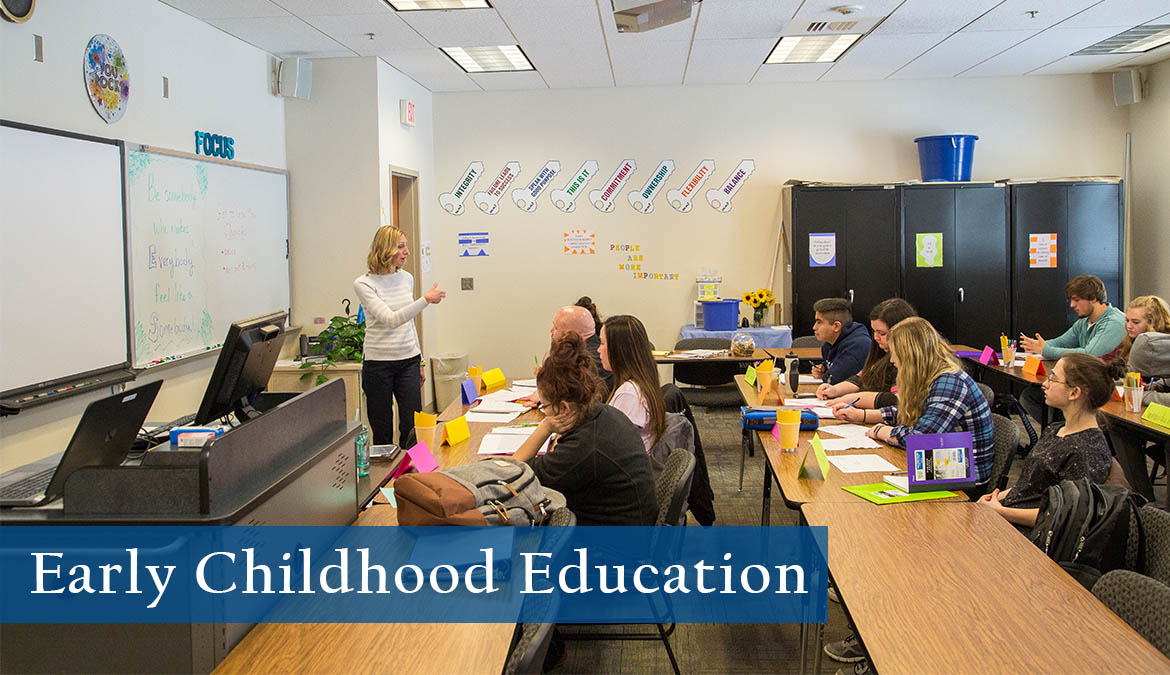
Navigating the world of early childhood education licensing and certification can feel overwhelming, but understanding the requirements is crucial for a successful career. The specific regulations vary significantly depending on your state or region, so it’s essential to research your local requirements thoroughly. This section will provide a general overview and highlight some key differences.Licensing and certification requirements are designed to ensure that early childhood educators possess the necessary skills and knowledge to provide high-quality care and education for young children.
These requirements often include a combination of education, training, background checks, and ongoing professional development. The goal is to protect children and maintain professional standards within the field.
State-Specific Licensing Requirements
Each state establishes its own licensing standards for early childhood programs and the individuals who work within them. These standards often dictate the minimum educational requirements, the types of training needed, and the procedures for background checks. For example, some states may require a bachelor’s degree in early childhood education, while others may accept an associate’s degree plus specific coursework or certifications.
Furthermore, the frequency and type of professional development required for license renewal can also vary widely. To find your state’s specific requirements, it is recommended to consult your state’s Department of Education or licensing board website. These websites usually offer detailed information on licensing procedures, application forms, and continuing education opportunities.
The Process of Obtaining Credentials and Licenses
The process for obtaining an early childhood education license typically involves several steps. First, you must meet the minimum educational requirements, which might include completing a specific degree program or accumulating a certain number of college credits in relevant fields. Next, you’ll likely need to pass background checks, often including fingerprinting and criminal history checks. Some states may also require health screenings.
After meeting these prerequisites, you will typically submit an application to the relevant state agency, including all necessary documentation and fees. Upon approval, you will receive your license. The exact process and required documentation will vary by state.
Types of Early Childhood Education Certifications
Various certifications exist within the early childhood education field, each signifying a different level of expertise or specialization. For instance, some certifications might focus on specific age groups (e.g., infant/toddler, preschool) or educational approaches (e.g., Montessori, Reggio Emilia). Other certifications might focus on specialized areas like special education or bilingual education. The value and recognition of these certifications can differ depending on the issuing organization and the specific requirements of the certifying body.
Some certifications are nationally recognized, while others may only be valid within a particular state. Choosing the right certification depends on your career goals and the specific requirements of your desired employment.
Step-by-Step Guide for Obtaining an Early Childhood Education License
Obtaining an early childhood education license generally follows a consistent pattern, though the specifics vary by location.
- Research State Requirements: Begin by thoroughly researching your state’s licensing board website to understand the specific educational, training, and background check requirements.
- Complete Required Education: Enroll in and complete the necessary educational program, whether that’s an associate’s or bachelor’s degree in early childhood education or a related field.
- Pass Background Checks: Undergo the required background checks, which usually include fingerprinting and a criminal history review.
- Meet Health Requirements: Fulfill any health requirements, such as physical examinations or health screenings, as mandated by your state.
- Submit Application: Complete and submit the license application to the appropriate state agency, ensuring all necessary documentation is included.
- Pay Fees: Pay all applicable fees associated with the application and licensing process.
- Receive License: Upon successful review of your application, you will receive your early childhood education license.
Curriculum and Pedagogical Approaches
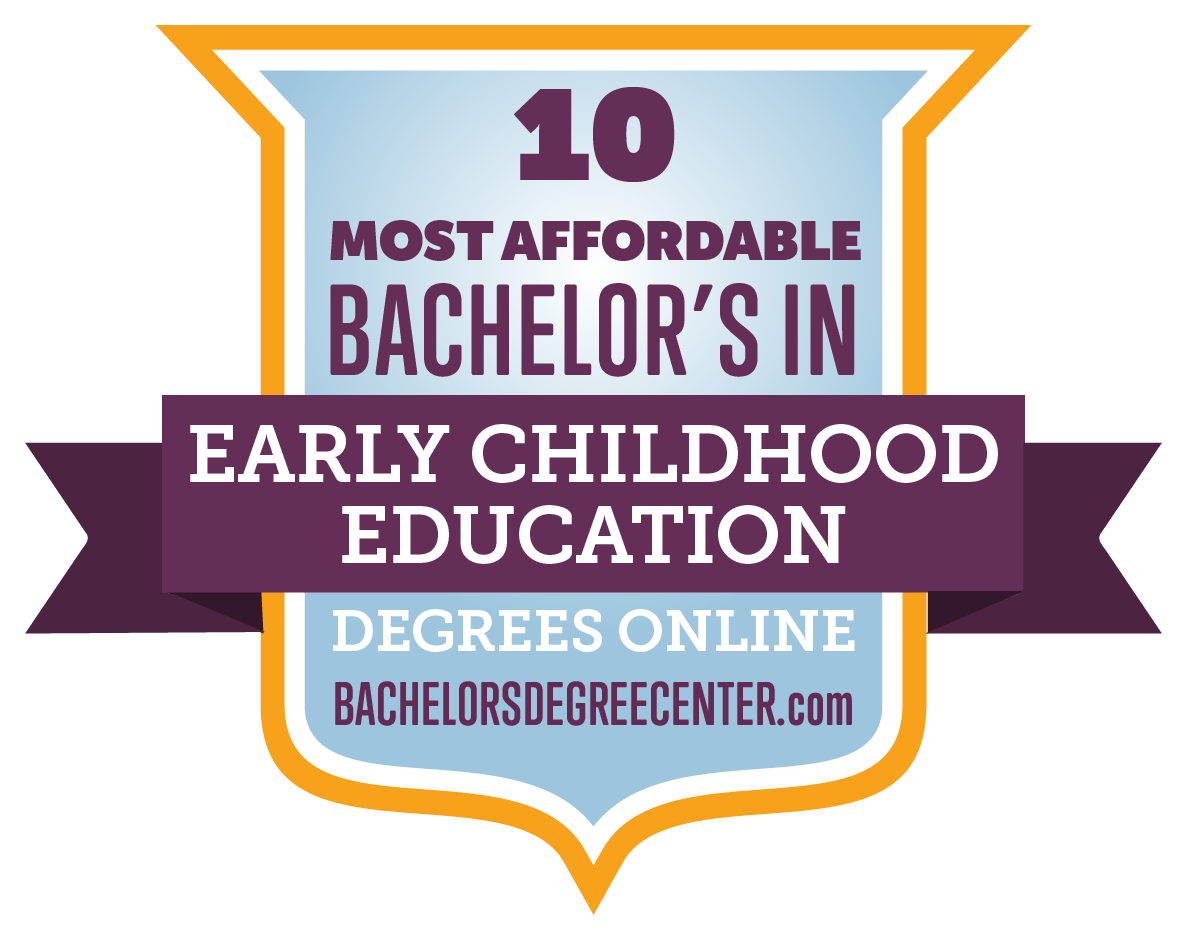
Early childhood education curricula are diverse, reflecting various philosophies and approaches to learning. Understanding these different pedagogical approaches is crucial for educators to create engaging and effective learning environments that cater to the unique developmental needs of young children. This section will explore several prominent approaches, comparing their strengths and weaknesses, and illustrating how they translate into practical classroom activities.Choosing the right pedagogical approach is not about selecting one “best” method, but rather about understanding the nuances of each and selecting the elements that best suit a particular learning environment, the children’s developmental stages, and the educator’s own teaching style.
Flexibility and adaptability are key.
Montessori Approach
The Montessori Method emphasizes self-directed activity, hands-on learning, and collaborative play. Children work at their own pace, choosing activities from a prepared environment that encourages exploration and discovery. The teacher acts as a guide, observing and intervening only when necessary. A key strength is its focus on independence and self-reliance. However, a potential weakness lies in the structured nature of the environment, which might not cater to all learning styles or personalities.
It can also be expensive to implement due to the specialized materials required.
Reggio Emilia Approach
The Reggio Emilia approach prioritizes the child’s voice and perspective, viewing them as competent and capable learners. Learning is project-based, emerging from the children’s interests and experiences. The environment is rich in stimulating materials, and documentation plays a crucial role in reflecting and extending children’s learning. This approach fosters creativity and critical thinking. A challenge can be the time and resources needed to document and facilitate project-based learning effectively.
It also requires highly skilled and collaborative educators.
Waldorf Approach
The Waldorf approach emphasizes holistic development, integrating artistic expression, practical skills, and imaginative play. Learning is experiential and less structured than in Montessori classrooms, with an emphasis on natural materials and rhythms. The curriculum progresses gradually, focusing on sensory exploration in early years and increasingly complex concepts later. A strength is its focus on fostering creativity and a connection to nature.
However, it may be criticized for its lack of emphasis on standardized testing and formal academic skills, particularly in comparison to other approaches.
Sample Lesson Plan: Reggio Emilia Approach
This lesson plan focuses on exploring the properties of water for a group of 4-5-year-olds. Topic: Exploring Water Objective: Children will explore the properties of water through sensory exploration and experimentation. Materials: Various containers (bowls, cups, jugs), water, food coloring, small toys, sponges, pipettes, magnifying glasses. Activities:
- Free exploration: Children explore the water and containers, pouring, filling, and experimenting independently.
- Guided exploration: The teacher introduces food coloring, prompting children to observe color mixing and changes in water properties.
- Experimentation: Children explore sinking and floating using small toys. They use pipettes to transfer water, observing its flow.
- Documentation: The teacher takes photos and videos, recording children’s observations and discoveries. These are then used to spark further discussions and investigations.
Developmentally Appropriate Activities
The following activities are tailored to different age groups, keeping in mind developmental milestones: Toddlers (1-3 years):
- Sensory bins with various textures (rice, beans, water).
- Stacking blocks and simple puzzles.
- Singing songs and playing simple musical instruments.
Preschoolers (3-5 years):
- Dramatic play (pretend cooking, doctor’s office).
- Art projects using various mediums (painting, clay, collage).
- Storytelling and reading aloud.
- Simple science experiments (e.g., planting seeds).
Kindergarten (5-6 years):
- More complex puzzles and building activities.
- Introduction to basic literacy and numeracy skills.
- Group projects and collaborative learning activities.
- Field trips and outdoor exploration.
Importance of Play-Based Learning
Play isn’t just fun; it’s fundamental to a child’s development. In early childhood education, play-based learning recognizes the crucial role of play in fostering cognitive, social, emotional, and physical growth. It moves beyond simply entertaining children; it’s a powerful pedagogical tool that shapes their future learning and well-being. A play-based approach allows children to actively construct their understanding of the world through exploration, experimentation, and social interaction.Play-based learning offers significant advantages over more traditional, teacher-directed methods.
By allowing children to lead their learning through play, educators can better understand individual learning styles and cater to diverse needs. This approach fosters creativity, problem-solving skills, and a love for learning that extends far beyond the classroom. Children develop a sense of agency and ownership over their learning journey, leading to increased engagement and a deeper understanding of concepts.
Types of Play and Their Developmental Impact
The diverse forms of play each contribute uniquely to a child’s development. Understanding these different types allows educators to design rich and stimulating learning environments.
Different types of play cater to different developmental needs. For instance, imaginative play fosters creativity and language development, while constructive play enhances fine motor skills and problem-solving abilities. Sociodramatic play, involving role-playing and storytelling, is crucial for social-emotional development, teaching children about cooperation, negotiation, and empathy. Physical play, encompassing activities like running, jumping, and climbing, is essential for gross motor skill development and healthy physical development.
- Imaginative Play: Children create their own worlds through pretend play, developing language skills, creativity, and social understanding. For example, playing “house” helps children learn about family roles and responsibilities, while superhero play encourages imaginative problem-solving and narrative development.
- Constructive Play: Building with blocks, LEGOs, or other materials enhances fine motor skills, spatial reasoning, and problem-solving abilities. Children learn to plan, execute, and revise their creations, developing persistence and resilience.
- Sociodramatic Play: Role-playing and storytelling in group settings are crucial for social-emotional development. Children learn to negotiate, cooperate, resolve conflicts, and understand different perspectives. Examples include playing doctor, teacher, or shopkeeper.
- Physical Play: Running, jumping, climbing, and other physical activities are essential for gross motor skill development, coordination, and overall physical health. This type of play also contributes to emotional regulation and stress reduction.
Visual Representation of Play and Child Development
Imagine a vibrant, colorful wheel with “Child Development” at its center. Four main spokes radiate outwards, each representing a key developmental area: Cognitive, Social, Emotional, and Physical. Each spoke is further divided into smaller segments, each depicting a different type of play (imaginative, constructive, sociodramatic, physical). Arrows connect the play types to the corresponding developmental areas, visually illustrating how each type of play contributes to multiple aspects of a child’s growth.
For example, an arrow connects “imaginative play” to both the “cognitive” and “social” spokes, demonstrating its impact on language development and social interaction. The overall image is dynamic and engaging, highlighting the interconnectedness of play and holistic child development. The wheel’s bright colors and active imagery reinforce the energetic and engaging nature of play itself.
Challenges and Issues in Early Childhood Education
Early childhood education, while vital for a child’s development and future success, faces numerous significant challenges that impact its quality and accessibility. These challenges are multifaceted, encompassing issues related to educator training, compensation, and the overall support provided to the sector. Addressing these issues is crucial to ensuring that all children have access to high-quality early learning experiences.
Inadequate Teacher Training and Professional Development
High-quality early childhood education relies heavily on well-trained and supported educators. However, many early childhood educators lack access to adequate pre-service training and ongoing professional development opportunities. This deficiency can lead to inconsistencies in teaching practices, limited understanding of child development principles, and a reduced capacity to meet the diverse needs of young children. Effective professional development programs should focus on evidence-based practices, trauma-informed approaches, and culturally responsive teaching strategies, equipping educators with the skills to create inclusive and engaging learning environments.
For example, a program might incorporate workshops on differentiated instruction, incorporating technology in the classroom, or managing challenging behaviors effectively. Furthermore, access to mentoring programs and peer support networks can significantly improve educator confidence and skill.
Teacher Compensation and Retention
Low teacher compensation is a major obstacle to attracting and retaining qualified early childhood educators. The salaries offered in many early childhood settings are often significantly lower than those in other educational sectors, leading to high turnover rates and difficulty in filling vacant positions. This instability disrupts the continuity of care for children and impacts the overall quality of the program.
Strategies to address this issue include advocating for increased government funding for early childhood education, implementing salary scales that reflect the expertise and qualifications of educators, and offering competitive benefits packages, including health insurance and retirement plans. For instance, cities like San Francisco have implemented significant pay increases for early childhood educators, demonstrating a commitment to valuing this critical profession.
Strategies for Addressing Challenges in Early Childhood Education
Addressing the challenges facing early childhood education requires a multi-pronged approach involving collaboration among policymakers, educators, families, and communities. Key strategies include: increasing public investment in early childhood education programs, ensuring access to affordable, high-quality childcare, expanding access to high-quality teacher training and professional development programs, and implementing policies that support fair compensation and benefits for early childhood educators.
Furthermore, strengthening partnerships between early childhood education programs and families is crucial for creating supportive learning environments for children. This can be achieved through regular communication, family engagement activities, and providing families with resources and support. Finally, advocating for policies that prioritize the well-being of early childhood educators, including manageable workloads and adequate support systems, is essential for creating a sustainable and thriving early childhood education workforce.
Technology Integration in Early Childhood Education
Technology’s role in modern early childhood education is evolving rapidly, moving beyond simple entertainment to become a powerful tool for enhancing learning and development. It offers interactive and engaging experiences tailored to young children’s diverse learning styles, fostering creativity, problem-solving skills, and digital literacy from an early age. However, responsible and thoughtful integration is crucial to avoid potential drawbacks and maximize its benefits.Technology offers many avenues for enriching early childhood education.
It can personalize learning, providing individualized instruction based on a child’s pace and needs. Interactive simulations and virtual field trips can broaden children’s horizons beyond the classroom, while digital storytelling tools empower them to express their creativity. Moreover, technology facilitates communication and collaboration between educators, parents, and children, strengthening the learning community.
Examples of Educational Apps and Software
Many high-quality apps and software cater specifically to the needs of young children. Careful selection is key, ensuring age-appropriateness and alignment with learning objectives. The following are examples, and it is important to always check reviews and ratings before implementation.
- ABCmouse.com: This comprehensive learning academy offers a wide range of activities covering literacy, math, and other subjects, all presented in a fun and engaging manner. The platform utilizes gamification to motivate learning, tracking progress and providing personalized feedback.
- Khan Academy Kids: This app focuses on early learning skills, including reading, writing, and math. It employs a playful approach, incorporating animation, interactive games, and voice narration to keep children engaged.
- PBS KIDS Games: Based on popular PBS KIDS shows, these games integrate educational content into interactive play, reinforcing learning concepts in a fun and familiar context. They cover a broad spectrum of skills and subjects, catering to different age groups and learning styles.
Enhancing Learning and Development Through Technology
Technology’s potential to enhance learning and development in young children is significant. It allows for individualized instruction, adapting to each child’s unique pace and learning style. Interactive simulations and virtual field trips provide immersive experiences that would be otherwise impossible, fostering curiosity and exploration. Digital storytelling tools empower children to express themselves creatively, developing their communication and literacy skills.
Collaborative platforms encourage teamwork and communication, building essential social skills.
Strategies for Responsible and Effective Technology Integration
Successful technology integration requires careful planning and implementation. Educators must select age-appropriate and high-quality apps and software, ensuring alignment with learning objectives. Technology should be used to supplement, not replace, traditional teaching methods, maintaining a balance between screen time and hands-on activities. Integrating technology seamlessly into the curriculum is crucial, ensuring it supports, rather than disrupts, the learning process.
Moreover, establishing clear guidelines for technology use and monitoring children’s engagement is essential to prevent overuse and ensure responsible digital citizenship. Finally, providing professional development for educators on effective technology integration strategies is critical to maximizing its benefits.
Ending Remarks: Early Childhood Education Degree
Ultimately, an Early Childhood Education degree is an investment—not just in a career, but in the future. The path may present challenges, from demanding licensing requirements to the often-underpaid nature of the work, but the rewards are immeasurable. By understanding the curriculum, career paths, and the evolving landscape of early childhood education, aspiring educators can confidently navigate their journey and contribute meaningfully to the lives of young children.
This guide has aimed to provide a comprehensive overview, but remember that continuous learning and adaptation are essential in this dynamic field.
FAQ Resource
What’s the difference between a preschool teacher and a daycare provider?
Preschool teachers typically follow a structured curriculum focused on early learning and development, often with a specific educational philosophy. Daycare providers primarily focus on childcare, providing a safe and nurturing environment for children while their parents are working.
Are there scholarships available for Early Childhood Education degrees?
Yes, many organizations and institutions offer scholarships specifically for students pursuing Early Childhood Education degrees. Check with your chosen university and explore online scholarship databases.
How important is classroom management in Early Childhood Education?
Classroom management is absolutely critical. Effective strategies are essential for creating a positive and productive learning environment where children feel safe, respected, and engaged.
What are the long-term career advancement opportunities?
With experience and further education (like a Master’s degree), career advancement can lead to roles like curriculum coordinator, program director, or even educational consultant.

